Lofgeornost
Feeling Martian!
- Joined
- Jul 8, 2020
- Messages
- 3,461
- Reaction score
- 10,461
Almost all of this I handle just with my system for clues. A "Clue" is anything that points towards a mystery, gives background on it, or implies the solution. I divide clues into three types :
Minor Clues are anything that points the characters in a specific direction. These are strewn throughout the game, and it's up to the characers dicide which ones they want to follow up on or place signifigance in. In a way, these are a bit like hooks, bthey just sorta give a taste that "something isn't right" or lead to one significant location/person.
Major Clues are the puzzle pieces. The intensity of any given Mystery is pretty much rated in how many Major Clues are needed to solve it. 3-5 usually means it can be solved i a single game session. 5+ tend to be long-term ongoing mysteries of the setting.
Bonus Clues are basically ones that let the character's "skip steps" in solving the Mystery - they are like 2 or more Major Clues in one, or provide some other benefit in regards to the solution (reveal a creature's major weakness, magic item, etc.)
So, here is my trick - I don't decide ahead of time where the clues are. The players drive the investigation, it's their success that decides what clues they find. Sometimes they can find clues to completely unrelated mysteries. Sometimes it's a dead end. But it's always based on the character's actions, not on a preset A-to-B-to-C line.
I like that threefold division; it's a neat way to conceptualize the situation.
Another things that matters for this is what I think of as the nature of the mystery. Some are like TV police procedurals--once you have the relevant pieces of information, you basically know whodunnit (or whatever). There isn't a lot of reasoning involved. Others are more like difficult mystery novels (or puzzles): you can be given all the clues, even handed them on a silver platter, and still not be able to solve the mystery without a lot of careful thinking. In mysteries like that, the key question usually isn't 'did I find the right information' but 'can I figure out from this set of data what the answer must be.'
I actually enjoy the second type of mystery more, but for gaming the first kind usually works better in my experience, unless you have players who are really into solving that sort of puzzle.




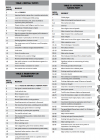
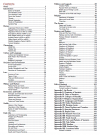
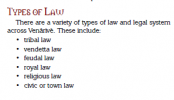

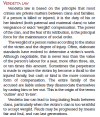



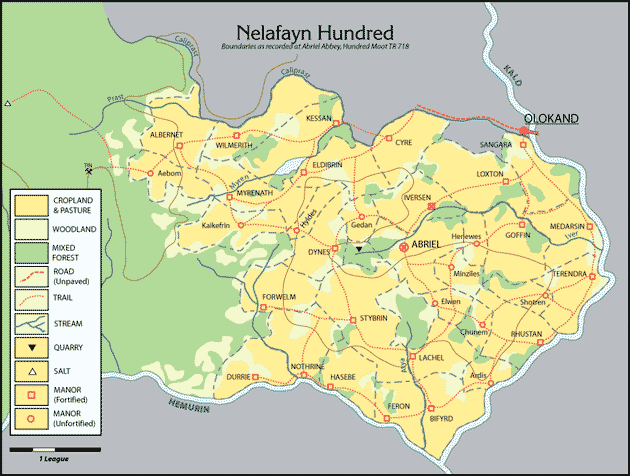
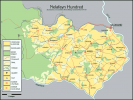

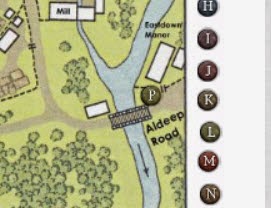

 If one out of 8 or 10 of those ends up being a solid overall read I'm pretty happy.
If one out of 8 or 10 of those ends up being a solid overall read I'm pretty happy.
